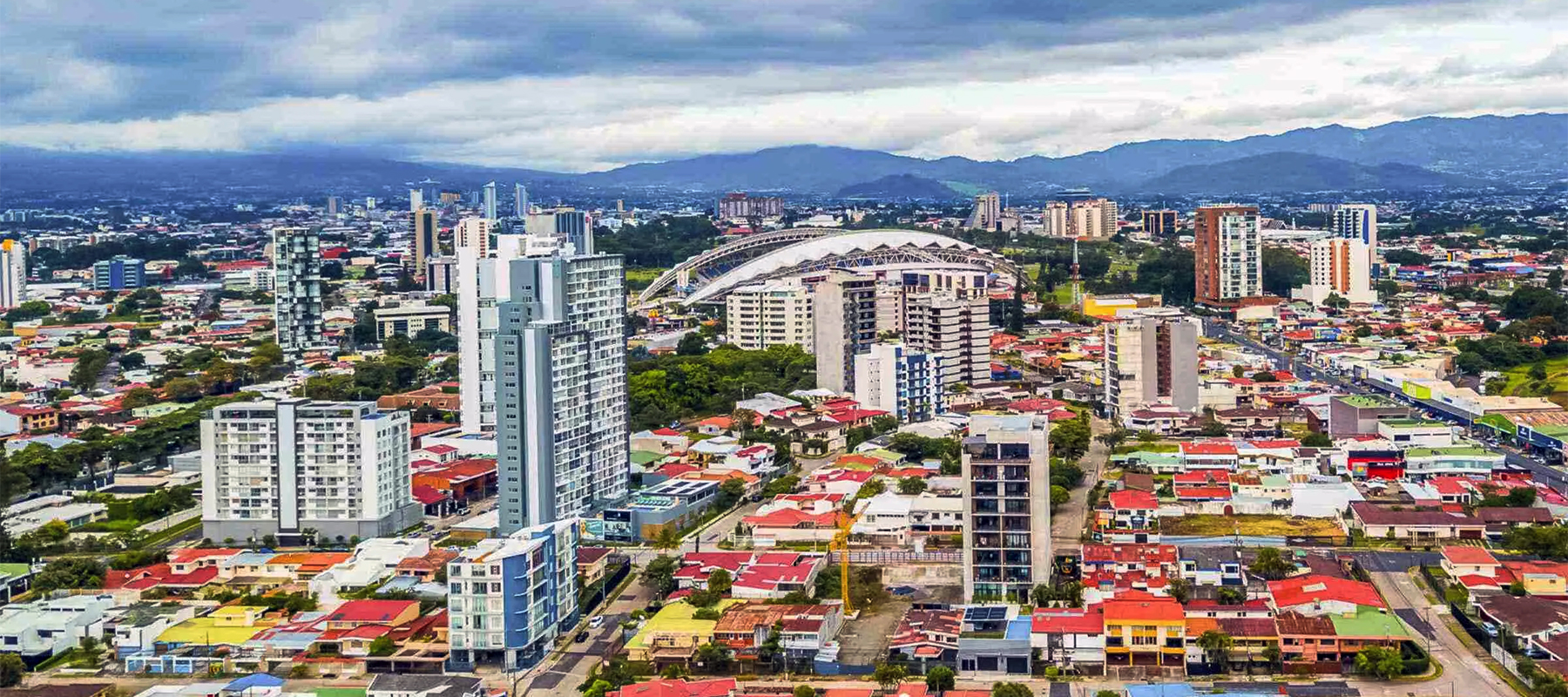Even if seeing a city isn't your primary motivation for visiting Costa Rica, the capital city offers plenty to tourists. Among the Latin American cities with the shortest history, San José was founded less than 300 years ago. The city's rise followed its 1832 capitalship, and the coffee-growing sector, which makes use of the country's fertile soil and mild climate at high elevations, was a major contributor.
Conveniently located within 20 minutes from the international airport, the 40-room boutique Hotel Grano de Oro is situated on a peaceful street. The hotel is set in a mansion that dates back to the early 1900s. The ornate wood paneling, handcrafted tiles, vibrantly patterned fabrics, and wrought-iron bed frames give the place an air of antiquity.
A traditional Costa Rican breakfast of gallo pinto—rice and beans with a variety of toppings—is the ideal way to start the day. The Central Market in San José is a nice 20-minute stroll east of Grano de Oro. The market, which is a recognized historic site, is a labyrinth of passageways filled with sidewalk eateries and sellers peddling fresh herbs, vegetables, apparel, and home goods.
The Neoclassical National Theater is located on Avenida Segunda. This magnificent hall takes design cues from the Palais Garnier, the opera theater in Paris. It features Italian marble flooring and a renowned ceiling mural called Allegory of Coffee and Bananas, created by Italian artist Aleardo Villa. The fresco depicts the country's farmers.
Indulge in a visit to the Museo de Arte y Diseño Contemporáneo, a venue that showcases the mixed-media creations of artists from Nicaragua and around the world. If you are looking for ceramics, textiles, and jewelry manufactured in the area, stop by Tienda eÑe.
Restaurants, cafes, and stores now throng Barrio Escalante, a formerly peaceful residential area east of downtown. The sustainable-fashion brand Toribio & Donato's Óscar (Toribio) Hernández and Donato Morales' DOMA Escalante was initially started as a farm-to-table restaurant. In addition to the modest flower shop, café serving home-baked pastries, design store, and school for urban farming, the striped façade of the Spanish-colonial property now conceals more.
Gabriela Catarinella established Galería Talentum in the charming Barrio Otoya, a district of stately ancient mansions, where you can view the works of up-and-coming Costa Rican artists. One option for dining in Barrio Amón is Restaurante Silvestre, housed in a restored mansion. Guava cheesecake and spaghetti with pesto made from culantro coyote, a cilantro-like herb, are just two examples of the ways that Santiago Fernández Benedetto, a native of the city and a chef who draws inspiration from global cuisine, uses local ingredients in his recipes. "Great experiences can be achieved with very humble ingredients," he explains.
